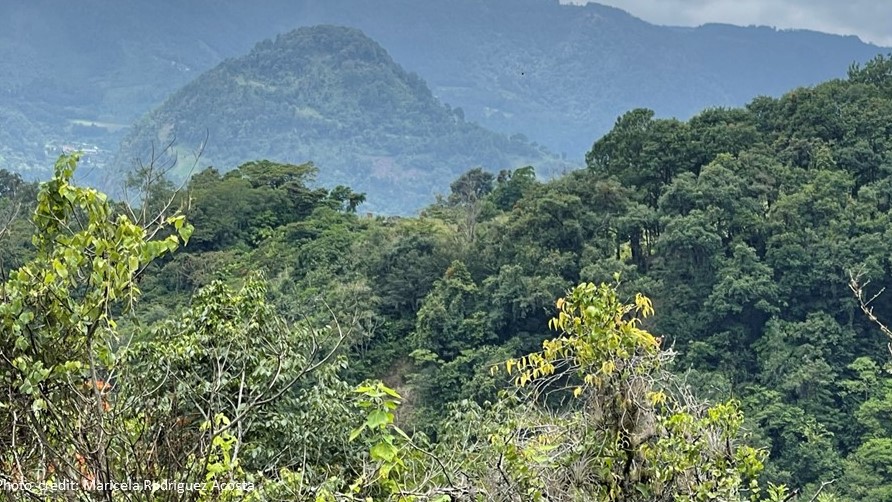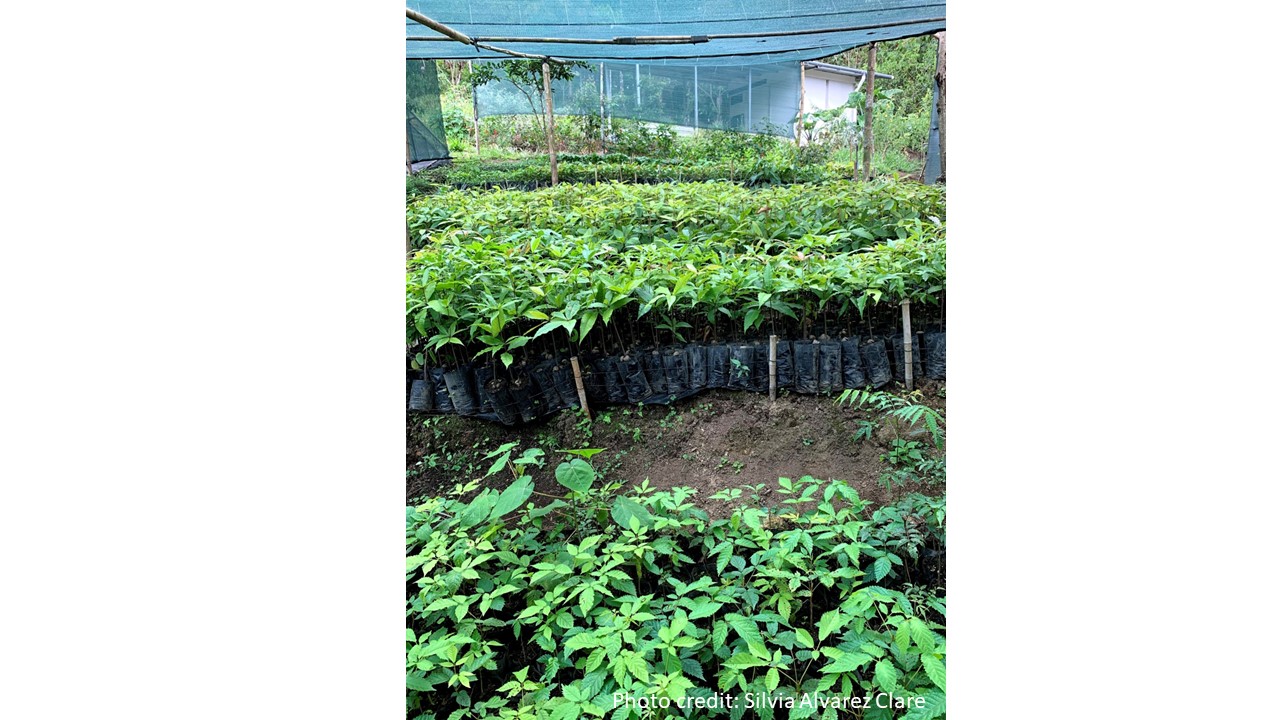
16 Sep Conservation of threatened oaks in Mesoamerica
Safeguarding threatened tropical montane cloud forest oaks in Mesoamerica.
Partner: Morton Arboretum
Years: 2022-2025
This project aims to safeguard Tropical Montane Cloud Forests (TMCF) oak species in Mesoamerica by working with local partners to identify information gaps, generate knowledge and build capacity needed for effective conservation, and implement in situ conservation and recovery actions for four priority threatened oak species.
Oaks are keystone species in Tropical Montane Cloud Forests (TMCF), providing multiple ecosystem services. However, 63% of TMCF oaks in Mesoamerica (Mexico and Central America) are threatened with extinction, largely due to the destruction of their habitat. There is an urgent need for information on rare and understudied species, effective conservation and recovery actions at priority sites, and sustainable livelihood alternatives that will reduce pressure on TMCF habitat. To address these needs, Morton Arboretum will work with local and global partners to activate key audiences towards oak conservation in Mesoamerica. They will identify knowledge gaps and priority actions for the conservation of all 38 threatened oak and 32 data deficient oak species in the region. Through an innovative Species Steward Training Program (SSTP) that will include online and hands-on training, they will build capacity among partners and practitioners and advocate for effective conservation. At the local scale, they will work with partners in Mexico and Costa Rica to develop and execute three science-informed, stakeholder inclusive in situ conservation projects aimed at safeguarding three Endangered (Quercus delgadoana, Q. hirtifolia, and Q. insignis) and one Vulnerable (Q. meavei) TMCF oak species. Outcomes include augmented -genetically diverse- populations of four threatened oak species growing safely in situ, with well-established ex situ collections, alternative livelihoods for the local communities and restored TMCF habitat.






